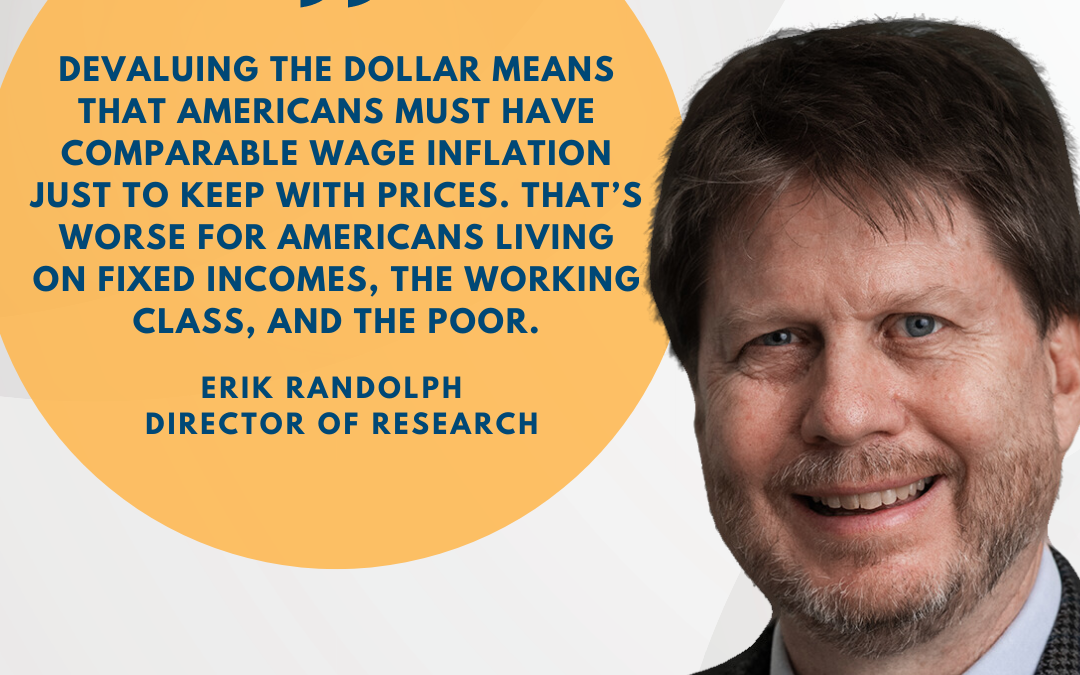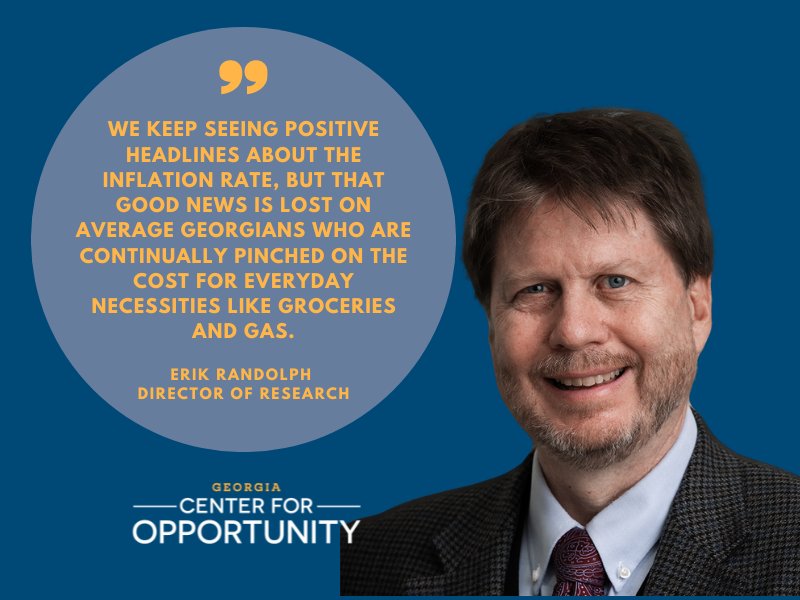2. Energy prices are down — sort of — but food prices up
One piece of good news is that energy prices went down in September. However, this is of little consolation because the prices are still 19.9% higher than last year and 49.7% higher than two years ago.
There is no good news for food prices. You can’t go to the grocery store anymore without noticing the impact of inflation, and the CPI numbers bear this out. Food prices in general are up 11.2% over last year, or 16.3% higher than two years ago. As anyone can tell you, this is just the general price increase. Consumers can experience higher prices depending on what foods they buy. Cereals and bakery goods are up 16.2% from last year, and dairy products are up 15.9%
Although economists like focusing on core inflation, energy and food prices are necessities that impact most people, especially lower income families and seniors living on fixed incomes.
3. Inflation isn’t going away anytime soon
When reading the tea leaves, there aren’t many indications to expect inflation will abate any time soon. The recent droughts and man-made obstacles to food production, such as Russia’s war on the Ukraine and the irresponsible farm policy changes in the Netherlands, will impact food supply, which, of course, will have a direct impact on food prices and its availability.
As winter approaches the northern hemisphere, the demand for energy will increase. Here again, the war in Ukraine is culpable for disrupting energy supply to Europe. Moreover, not only did the Biden Administration fail to convince OPEC to increase production, but OPEC, which by the way includes Russia, is doing the exact opposite. They are cutting back on oil production.
In the meantime, current U.S. energy policy is more concerned about climate change than energy independence — that we were just two short years ago. The Administration’s release of petroleum from the Strategic Petroleum Reserve did help ease prices, but now the reserve is at the lowest level since 1984. How much lower will the Administration allow it to go?
Because it impacts economic behavior, core inflation is even harder to solve. People – whether acting on behalf of their businesses or as an employee or as a consumer – incorporate their expectations of higher prices into their personal actions. This only fuels inflation more. Consider this fact: Although many businesses are experiencing higher revenue, their costs are also up. Importantly, and unfortunately, for many of them, their profits are down. All these factors exacerbate inflation while slowing economic growth, which harms everyone.
The way forward is through local communities
Our nation’s inflationary environment is bad. Everyone knows that. The big question is what to do about it. On the policy front, we need a paradigm shift in Washington, D.C., to focus on enacting policies that encourage private investment, savings, and free trade while cutting back on deficit spending.
But policy is only one piece of the puzzle. The other even more important piece is the community-level response.
Here at the Georgia Center for Opportunity, our focus is primarily on these bottom-up solutions. Our neighbors — particularly those on the economic margins — are suffering from high inflation and need help. That’s where programs like BETTER WORK come in. They help the poor and impoverished get the skills and training needed to find a job and pursue a career, while ensuring they also find safe and affordable housing, reliable transportation, childcare services, and any other essential that’s needed.
We also know that economic prosperity is challenging when your home life is in shambles. That’s why GCO prioritizes healthy family relationships through our Elevate workshops throughout the community and our Strengthen Families Program in local schools. On that note, prosperity is impossible without a good education, so we prioritize policies that will bring the broadest range of educational options to the most people, regardless of their background, income level, or zip code.
The way back from our high inflationary environment is going to be a long trip. But with the right policies in place and with an attitude that prioritizes on-the-ground help for our neighbors, we can lighten the burden for our neighbors during the journey.











